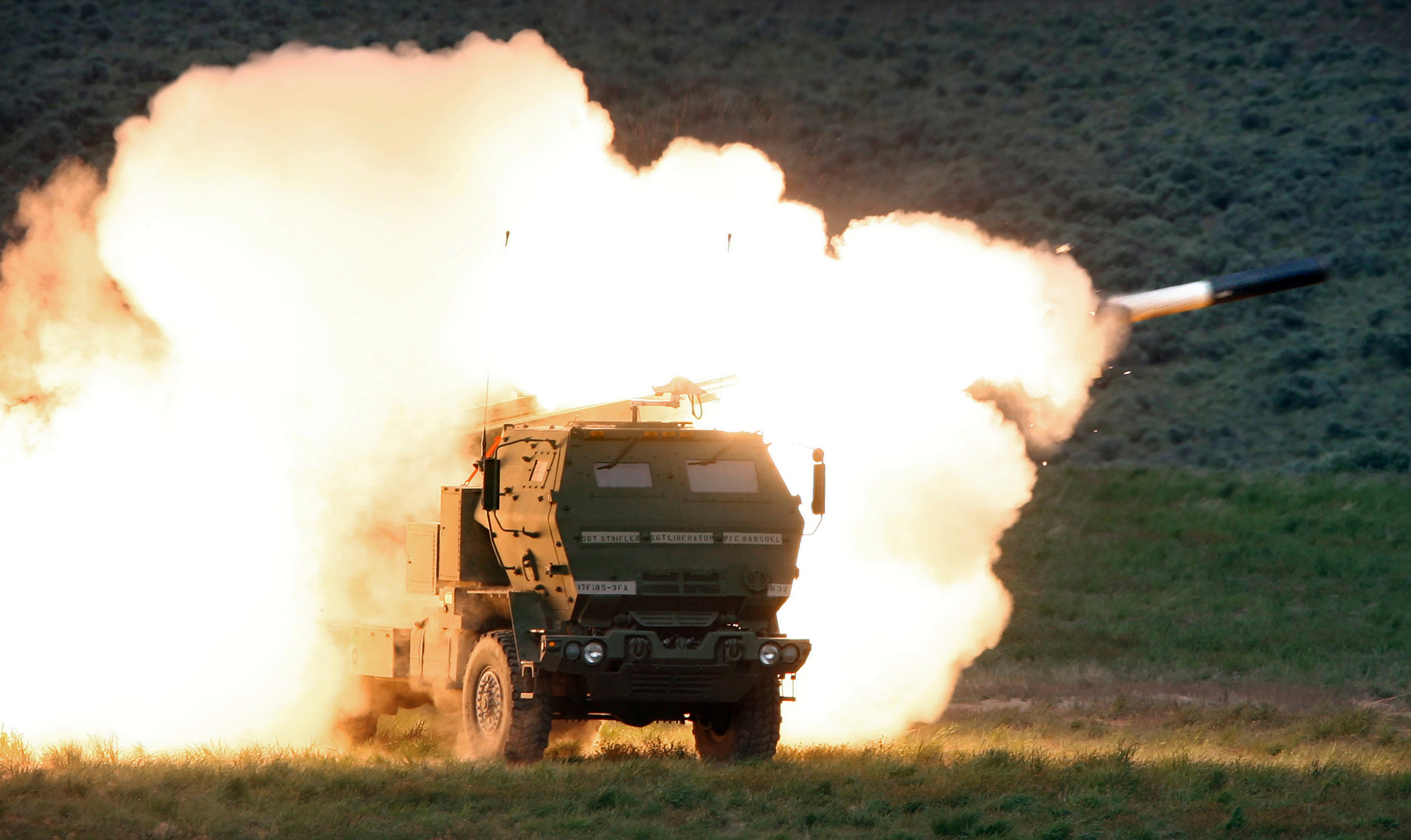WASHINGTON — The U.S. undersecretary of defense for acquisition and sustainment offered sympathy Wednesday for a defense-industrial base hit with inflation. Speaking at the Defense News Conference, Bill LaPlante also provided examples of the Pentagon’s creative efforts to arm Ukraine ― from a ship-killing missile to a missile launcher dubbed Vampire.
Here are three takeaways from LaPLante’s appearance:
1. The Pentagon is mulling inflation adjustments for defense contracts.
Acknowledging the defense industry is suffering from the the economic fallout from the COVID-19 pandemic ― inflation, supply chain snags and labor shortages ― LaPlante said his team is working on new guidance for contracting officers to adjust otherwise firm fixed-price contracts.
He said his team is examining how to broaden what an economic price adjustment clause can be used for and can it justify the changes under extraordinary circumstances. They’re also exploring what novel legislative approaches can be used.
“I’m worried about the small supplier who signed the firm fixed-price contract. It’s got 50 employees, and all of a sudden it was dealing with 11% inflation. How do we deal with that company? We don’t want those companies go out of business,” LaPlante said. “That’s what we’re working on right now.”
In anticipation the Pentagon will seek funding from Congress, it’s asking industry for data about companies that are potentially going under or not bidding on contracts due to the effects of inflation.
“We want to keep our industrial base whole. We want to keep them solvent. We need them. We need the industrial base.” LaPlante said. “That’s what we’re after.”
RELATED

2. Ukrainians who sank a Russian naval vessel received U.S. help.
Ukrainian forces that sunk a Russian warship with Harpoon anti-ship missiles in June received training sponsored by the U.S. and allies, LaPlante said.
He offered that and other revelations about the strike to illustrate the creative ways the U.S. is arming Ukraine against Russia’s invasion.
The Boeing-made, ship-based weapons were given to Ukraine by a U.S. ally LaPlante did not identify. The ship-based missile launchers were removed from the ally’s ship and modified to fire from a flatbed truck, which served as the weapon’s “power source.”
“Brought the Ukrainians to train on it over Memorial Day weekend in our country, and in the next week or two Russian ships were sunk,” he said.
Ukraine said in June that its forces had struck a Russian naval tugboat with two Harpoon missiles in the Black Sea, the first time it claimed to have hit a Russian vessel with Western-supplied anti-ship weapons.
The Pentagon announced Harpoon coastal defense systems were part of a $1 billion aid package for Ukraine announced June 15 under the Ukraine Security Assistance Initiative.
3. The Vampire system that the U.S. is supplying Ukraine is one of many.
The L3Harris Vampire system, a light vehicle-borne missile launcher, is just one of “probably about 15 other” capabilities the U.S. is acquiring through a novel contracting vehicle issued in April.
The Pentagon posted a broad request for information from industry on the federal contracting website sam.gov., as part of a stepped-up dialogue between the Pentagon and industry. It asked for capabilities that would be available within 30, 60 and 90 days.
On Wednesday, LaPlante said the effort yielded “1,300 responses ― and it was from everybody.”
From there, U.S. European Command, working with Ukraine, vetted the proposals for contracting under the Ukraine Security Assistance Initiative.
Joe Gould was the senior Pentagon reporter for Defense News, covering the intersection of national security policy, politics and the defense industry. He had previously served as Congress reporter.







